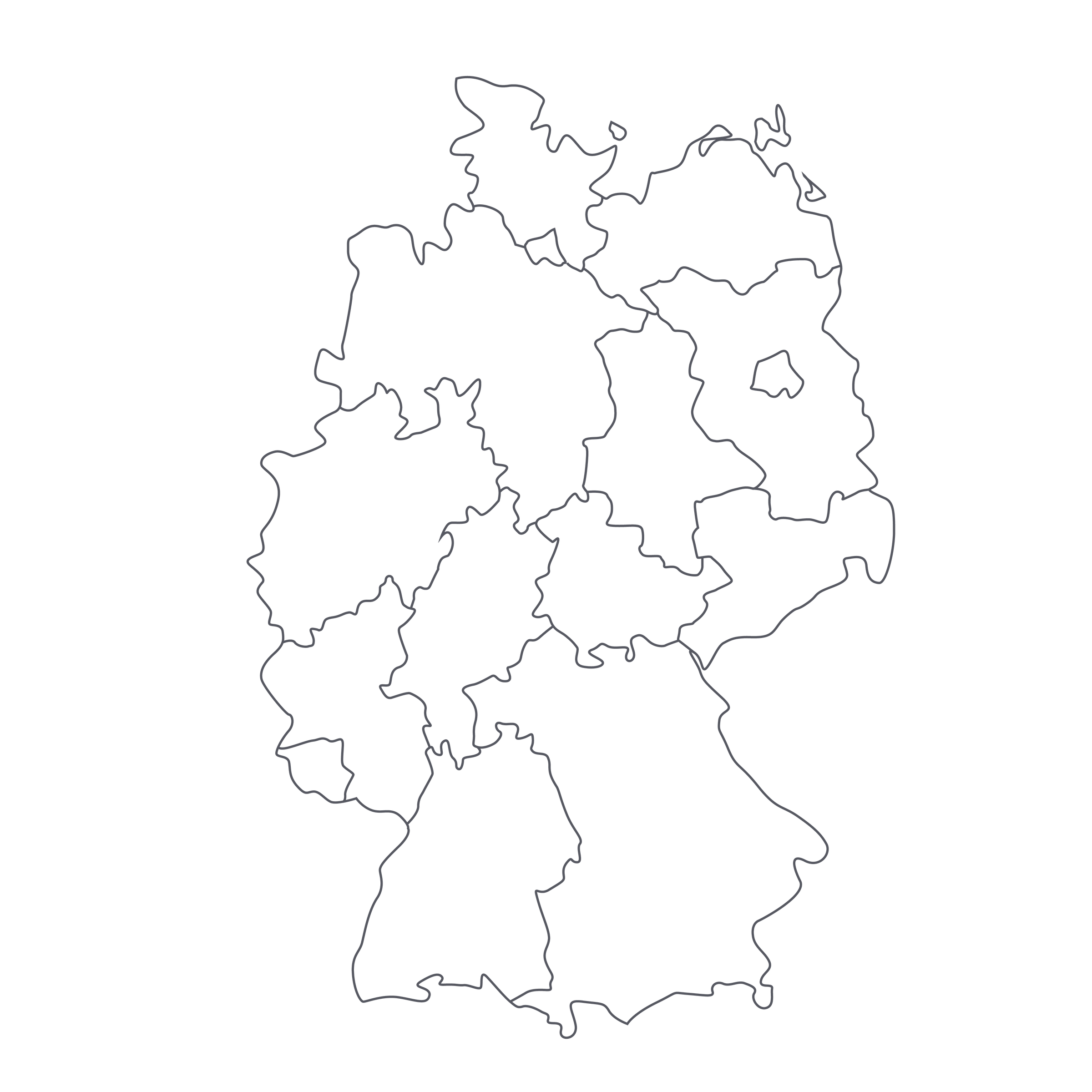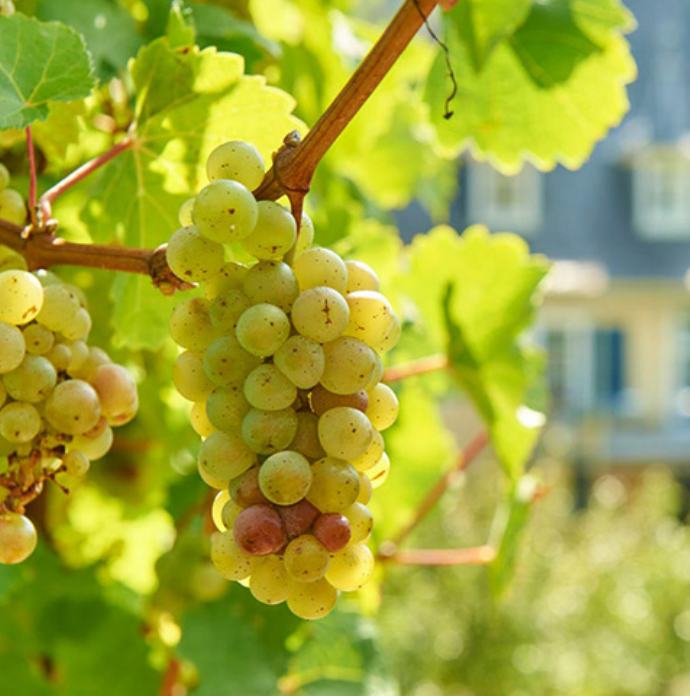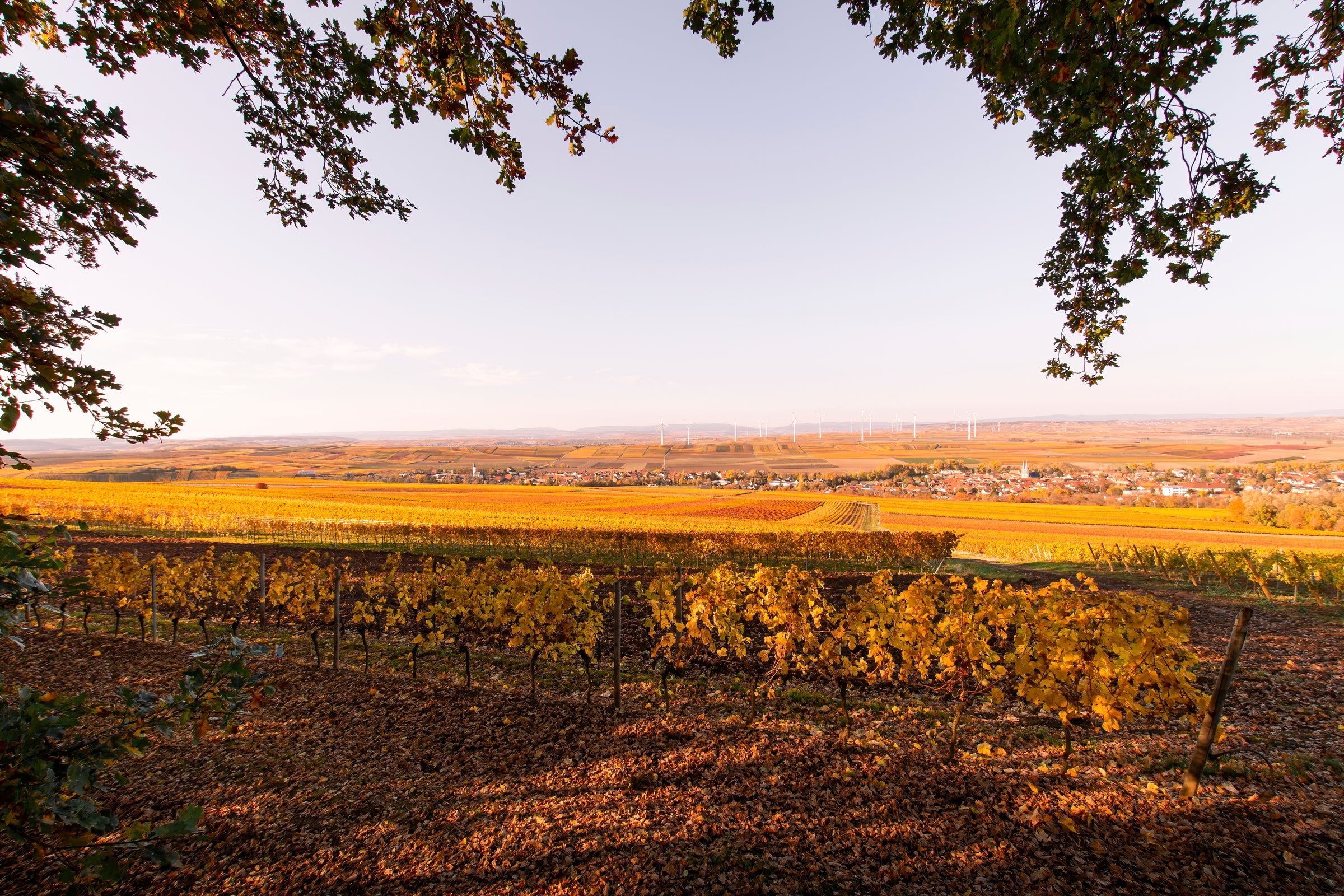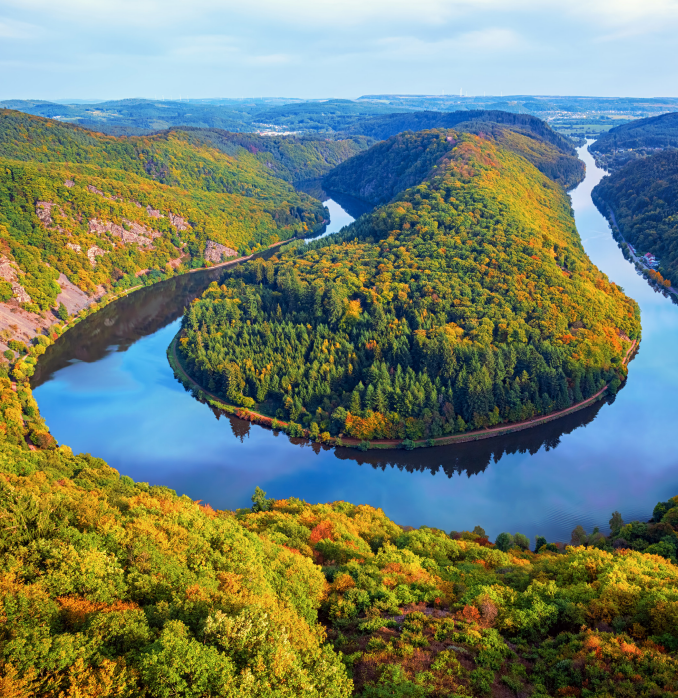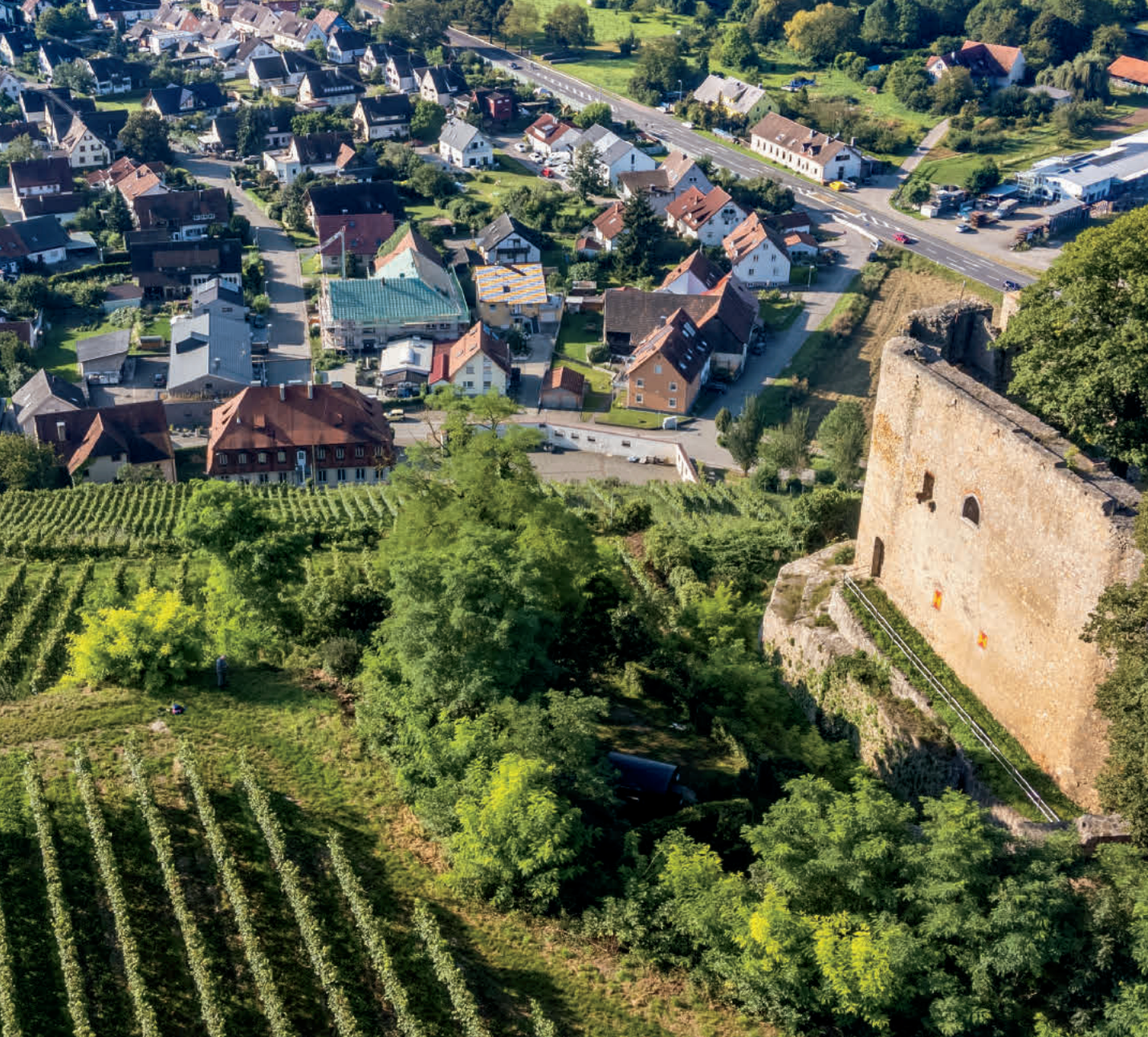Over the last few years, we’ve had the good fortune to work with a small, California-based group of savvy wine collectors who periodically offer us small parcels of well-aged wines. These guys are not label chasers; their selections are driven by what’s inside the bottle, not what that bottle might fetch when they ‘flip’ it a few years down the line. And needless to say, we were kids in a candy store at a recent tasting of some of their back-vintage German wines.
Today’s wine was a standout, and it’s a perfect illustration of everything we’ve written lately about the magic of Riesling in a great terroir: the longevity and complexity of even the lighter-weight, less-expensive stuff is just extraordinary. Try not to get too hung up on the complicated name of this 2007-vintage mind-bender from Bischöfliche Weingüter Trier (the ‘Episcopal Wine Estates of Trier’; don’t fret, we’ll sort out the label below). Just pop the cork and revel in its exotic deliciousness. It’s a serious, terroir-expressive wine with a decade of age for $35—and for all its aromatic intrigue and textural opulence, it’s still rather light on its feet. You’ll be shocked at how fast it disappears, so you might want to grab more than one (alas, due to limited quantities, 6 bottles is the max per customer).
Okay, so let’s break down this label: Bischöfliche Weingüter is an entity in the village of Trier, on the Mosel River. It was formed from the merger of three wineries, including the Bischofliche Priesterseminar (Episcopal Seminary) property shown on this label, which was established in 1773. ‘Ayler Kupp’ is the vineyard source for the wine—a spectacular hilltop (kuppe) in the village of Ayl, on the Saar River. ‘Kabinett’ is the lightest of the styles outlined in the traditional Prädikat system of German wine classification, here signifying a wine made in a crisper, lighter style with only a trace amount of residual sweetness (‘Kabinett Trocken’ would be fully dry).
The Ayler Kupp vineyard is characteristically steep (pitches range from 20 to 60 degrees), with a southwestern orientation and soils of mostly weathered blue slate. Its elevations aren’t especially dramatic but it’s still a sight to behold—it’s like a beached whale on the banks of the Saar.
The 2007 Ayler Kupp Kabinett Riesling has taken on a deep, golden hue with age, glimmering in the glass and still lively, with no signs of oxidation. The aromatics are explosive, with notes of drippingly ripe white peach, apricot, citrus blossoms, wildflower honey, wet stones, and a whiff of smoke. The aromas have the head-spinning, vapor-like intensity of petrol (always found in mature Riesling), albeit in a sweet and inviting way. The aromas have the head-spinning, vapor-like intensity of gasoline (what the Euros call ‘petrol’), albeit in a sweet and inviting way. On the palate, the wine has put on some luscious weight, and yet this viscosity is checked perfectly by a refreshing, gripping blast of white grapefruit acidity. The finish is exotically aromatic but clean, with very moderate alcohol to boot (a typically modest, Kabinett-level 9.5%). The wine’s combination of flavor depth and refreshment is inimitable—and while I’ve got no doubts that it’ll age a good 5 years more, I don’t see any reason to wait on this. It’s good to go! Serve it at around 45-50 degrees in all-purpose white wine glasses, or even red Burgundy bowls (the way the aromas waft around in a big glass is pretty mesmerizing). It will pair beautifully with so many different foods, but its ‘spare tire’ of juicy flesh has me thinking of a
Thai Curry with a little chile heat. Take all you can get of this wine—it goes down fast and leaves you craving more!


